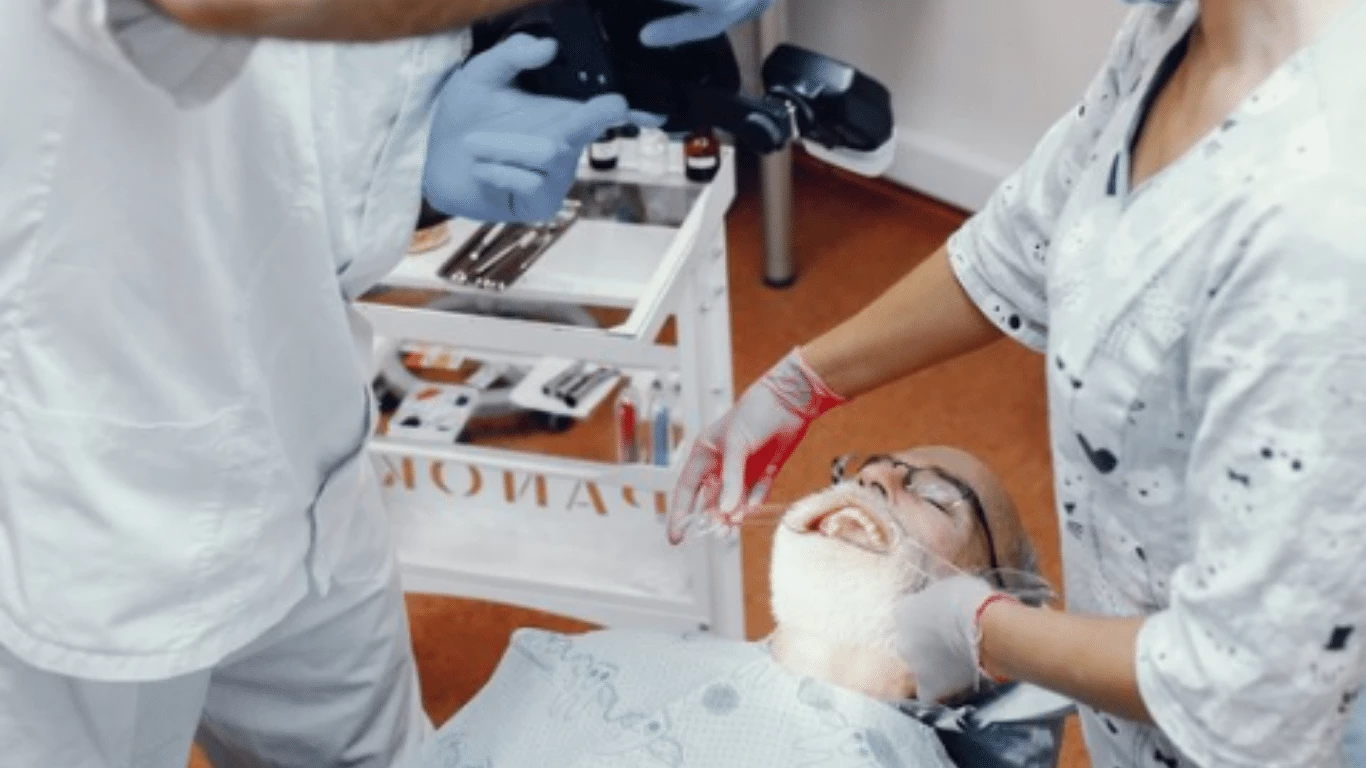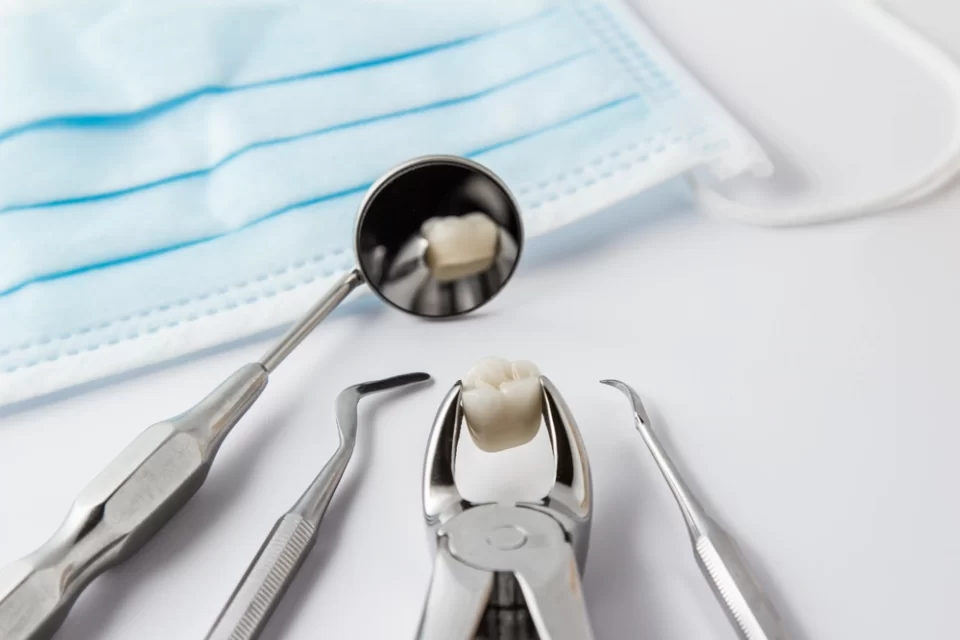To Extract or Not to Extract: Understanding the True Need for Tooth Removal

Hearing your dentist say “you might need a tooth pulled” can stop you in your tracks. No one’s excited about the idea of an extraction—but sometimes, it’s the smartest move for your overall oral health. The real challenge is knowing when it’s truly necessary and when there might be other options.
Tooth extractions aren’t always about pain or damage. Sometimes, it’s about making room, protecting surrounding teeth, or preventing future issues. On the flip side, pulling a tooth too soon—without exploring other treatments—could create more problems than it solves.
That’s why understanding the why behind an extraction is so important. Whether it’s decay, crowding, infection, or impacted wisdom teeth, there’s a reason behind every recommendation. And knowing your options can make all the difference in your comfort and confidence.
When is tooth extraction necessary for dental health?
Tooth extraction is necessary for dental health in certain situations where saving the tooth is no longer viable. Here are common scenarios when extraction may be required:
- Severe Decay or Infection: When a tooth is severely decayed or infected and cannot be repaired with a filling, root canal, or crown, extraction may be the best option to prevent the infection from spreading to other teeth or parts of the body.
- Gum Disease: Advanced periodontal (gum) disease can cause the tooth to become loose due to damage to the supporting bone and tissues. Extraction may be needed if the tooth is no longer stable.
- Crowding: In some cases, when there isn’t enough space in the mouth (especially before orthodontic treatment), teeth may need to be extracted to make room for proper alignment.
- Wisdom Teeth Issues: Wisdom teeth, also known as third molars, often require removal if they’re impacted, causing pain, infection, or damage to neighboring teeth.
- Trauma or Fractures: If a tooth is severely fractured or damaged beyond repair due to trauma, extraction might be necessary to avoid further complications.
Extraction is typically a last resort, and your dentist will discuss alternatives to preserve your teeth before recommending this option.
What are the risks of delaying a tooth extraction?
Delaying a tooth extraction can lead to several risks that can complicate your oral health. Here’s what you need to know:
- Increased Infection Risk: If a tooth is infected or severely decayed, delaying extraction can cause the infection to spread to surrounding teeth, gums, or even the jawbone. This can result in more severe health issues, such as abscesses or systemic infections.
- Pain and Discomfort: Prolonging a necessary extraction can lead to ongoing pain and discomfort, especially if the tooth is causing inflammation, pressure, or sensitivity. This can impact your daily life and make it more challenging to eat or speak.
- Damage to Surrounding Teeth: If an infected or decayed tooth is left untreated, it can affect neighboring teeth, potentially causing them to shift or become misaligned. This can complicate future treatments, such as braces or crowns.
- Bone Loss: In cases of severe gum disease or infection, the bone surrounding the tooth can begin to deteriorate. Delaying extraction can lead to bone loss, which may make it more difficult to replace the tooth with an implant in the future.
- Increased Treatment Complexity: The longer you wait, the more complicated the extraction process may become, potentially requiring additional procedures, like bone grafts or surgeries, to address the damage caused by the delayed extraction.
Prompt tooth extraction helps prevent these risks, ensuring better long-term oral health.
How can a dentist determine if a tooth needs to be removed?
A dentist determines whether a tooth needs to be removed by evaluating several factors related to the tooth’s condition, surrounding tissue, and overall oral health. Here’s how they assess the situation:
- Severe Decay or Damage: If a tooth is extensively decayed or damaged beyond repair, such as large cavities that cannot be filled or a tooth that’s fractured beyond saving, the dentist may recommend removal to prevent further damage or infection.
- Infection or Abscess: When a tooth is infected and not responsive to root canal treatment or antibiotics, removal may be necessary to prevent the spread of infection to surrounding teeth or even the jawbone.
- Gum Disease: In advanced stages of gum disease (periodontitis), the supporting structures of the tooth, including bone and tissue, may be severely damaged. If the tooth becomes loose and cannot be saved, extraction may be needed.
- Impacted Wisdom Teeth: Wisdom teeth that are impacted or do not have enough room to emerge properly can cause pain, infection, or damage to surrounding teeth. Extraction is often recommended in these cases.
- Crowding or Misalignment: In orthodontic treatments, teeth may need to be removed to make space for proper alignment, especially in cases of severe crowding.
- Trauma: Severe trauma or fractures that cannot be repaired may require extraction to prevent further complications and restore oral health.
Through X-rays, clinical examination, and a thorough assessment, your dentist will determine the best course of action.
What are the alternatives to tooth extraction for preserving oral health?
There are several alternatives to tooth extraction that can help preserve oral health. These treatments aim to repair, restore, or maintain the natural tooth, avoiding the need for removal whenever possible. Here are some common alternatives:
- Root Canal Therapy: If a tooth is infected but still structurally sound, a root canal may be the best option. This treatment involves removing the infected pulp and sealing the tooth, preserving it for continued use without pain or infection.
- Fillings: For teeth with cavities or minor damage, fillings (silver, composite, or resin-based) can restore the tooth’s structure and function. Fillings prevent further decay and help maintain the tooth.
- Crowns: When a tooth is weakened due to decay, fractures, or previous fillings, a dental crown can be placed to restore its strength and appearance. This preserves the tooth while protecting it from further damage.
- Bonding: For teeth with chips, cracks, or minor imperfections, dental bonding involves applying a tooth-colored resin to the affected area. It’s a quick, minimally invasive way to restore the tooth’s appearance and function.
- Scaling and Root Planing: For teeth affected by gum disease, professional cleaning treatments such as scaling and root planing can remove plaque and tartar buildup, thereby improving gum health and reducing the need for extraction.
- Braces or Aligners: In cases of overcrowding or misalignment, orthodontic treatments such as braces or aligners can help reposition teeth without the need for extractions.
These alternatives enable the preservation of natural teeth and contribute to maintaining long-term oral health when properly cared for.
Not Sure If That Tooth Needs to Go? Let’s Talk Options
At Illume Dental of McKinney, our expert team is here to help you make informed decisions about your dental health. Tooth extraction may be necessary for severe decay, infection, or overcrowding, but we always explore alternatives to preserve your natural teeth. We’ll assess your situation carefully, using advanced technology and personalized care, to determine the best course of action.
If extraction is the recommended solution, we’ll guide you through the process with comfort and ease. Contact Illume Dental today to learn more and schedule your consultation!


